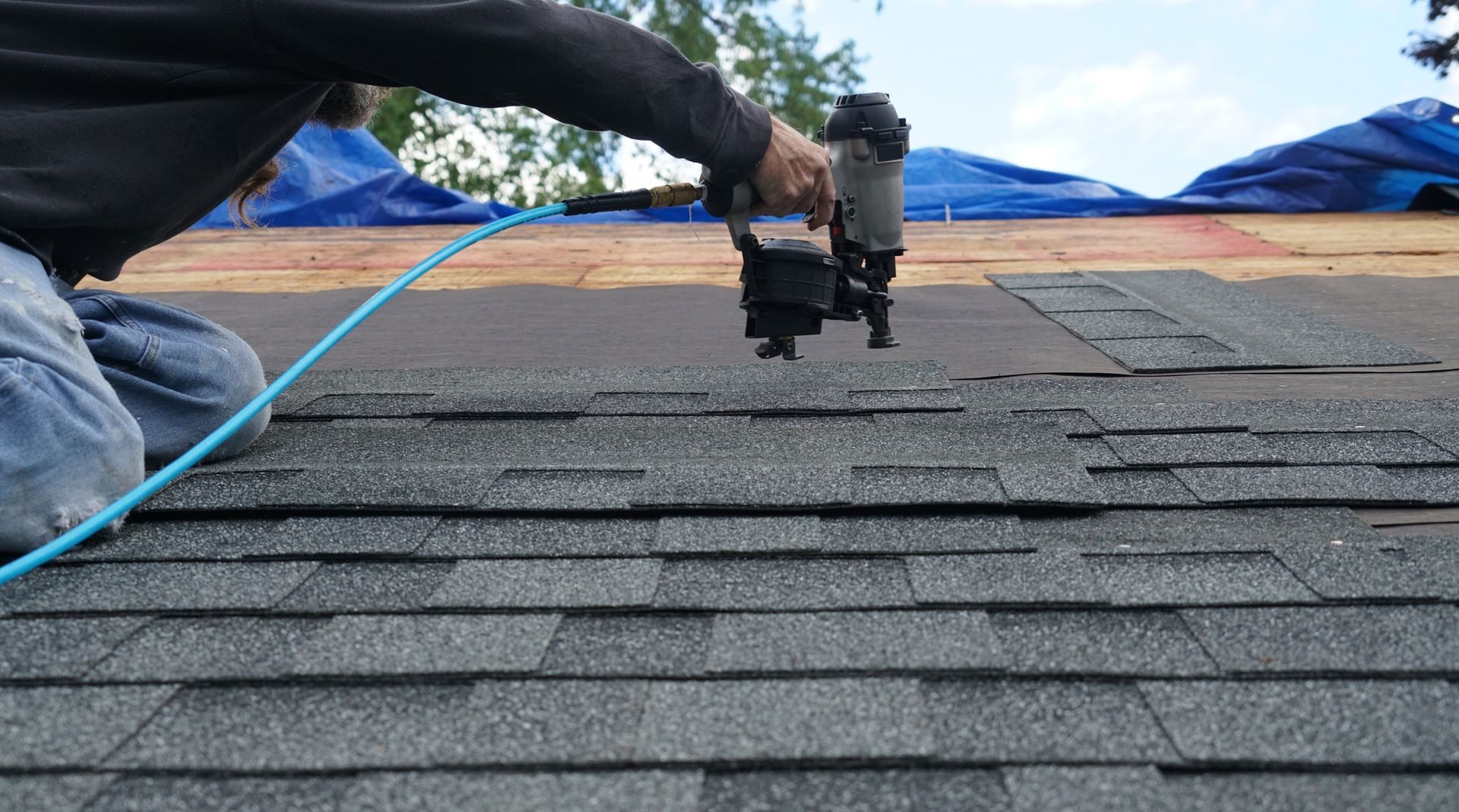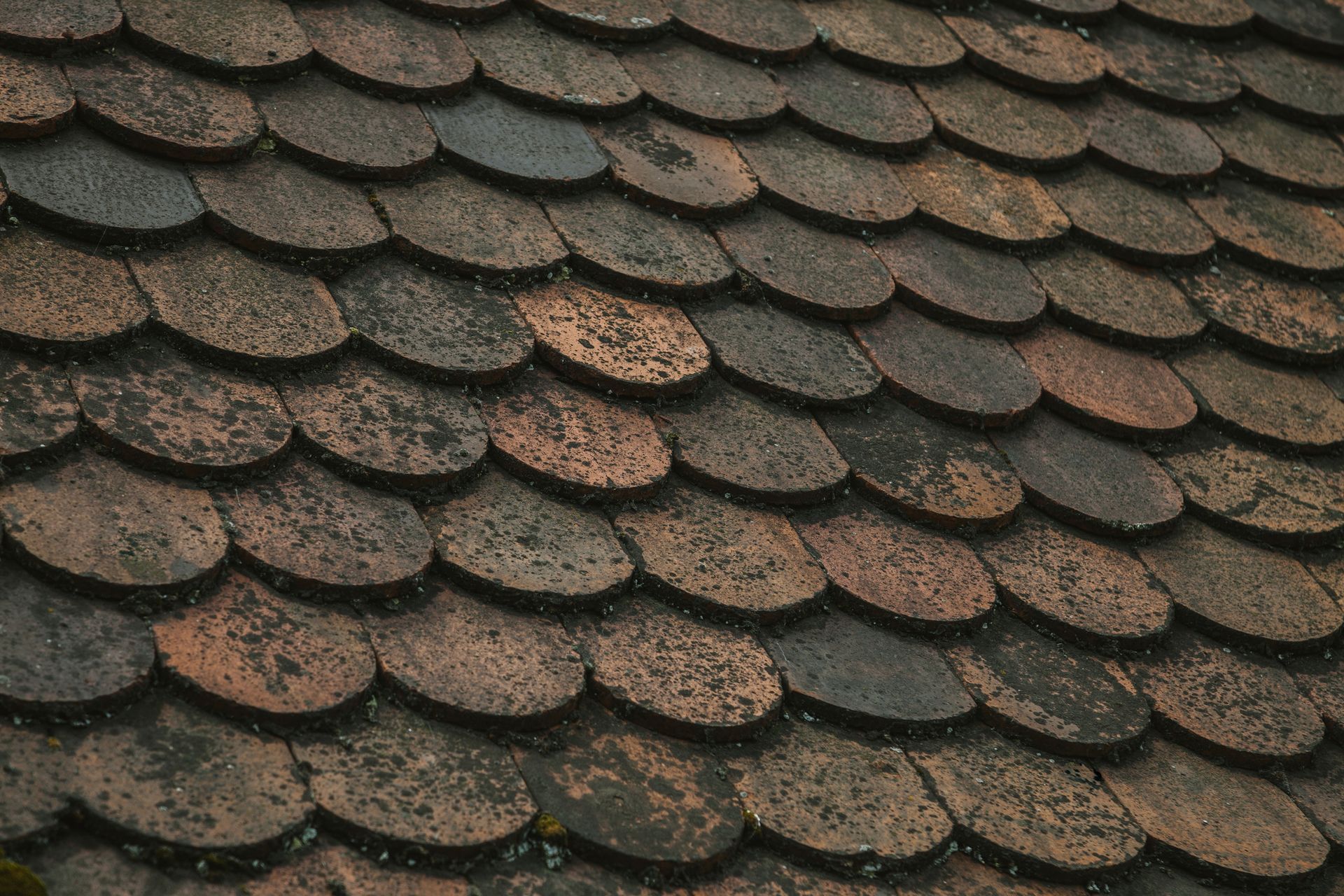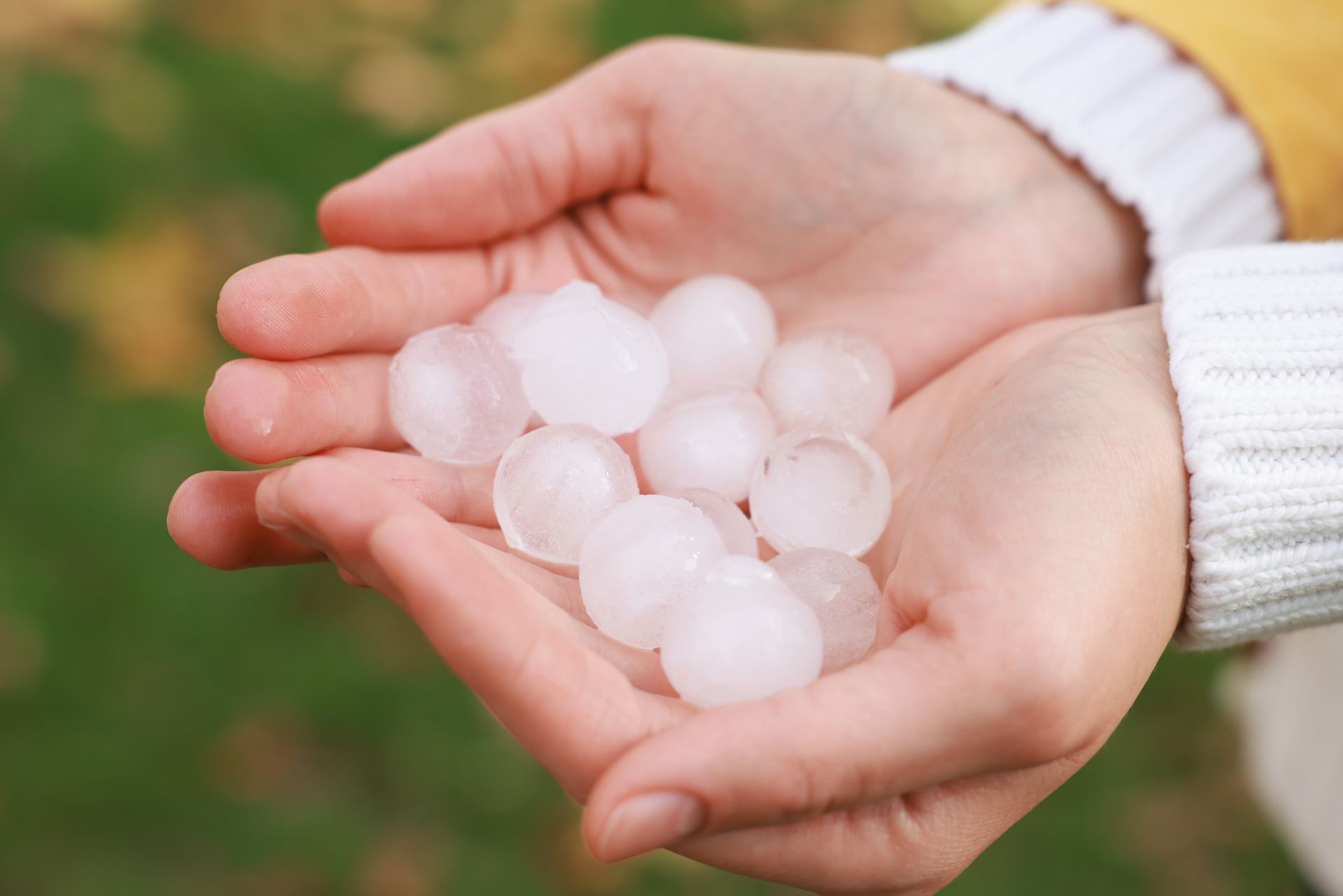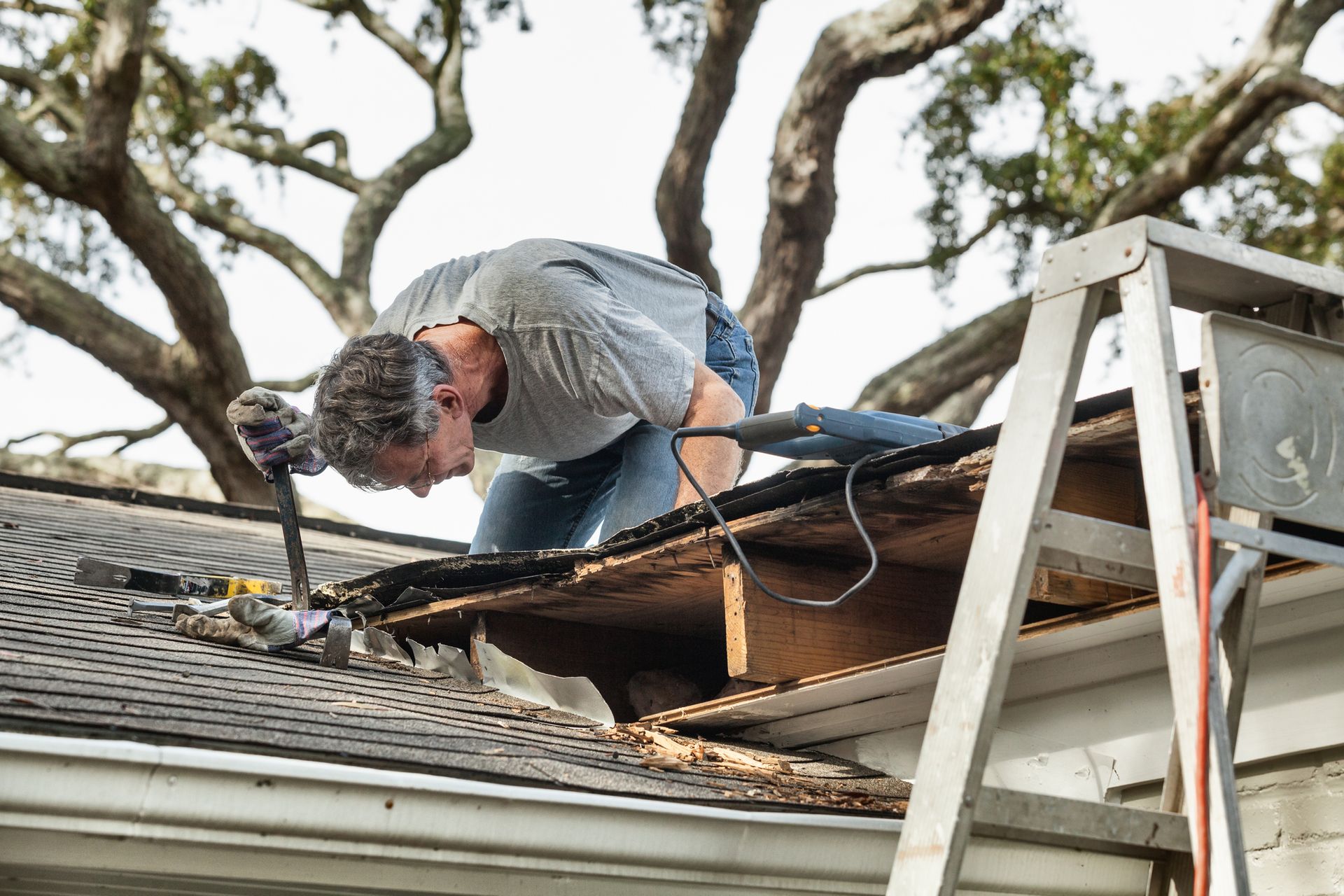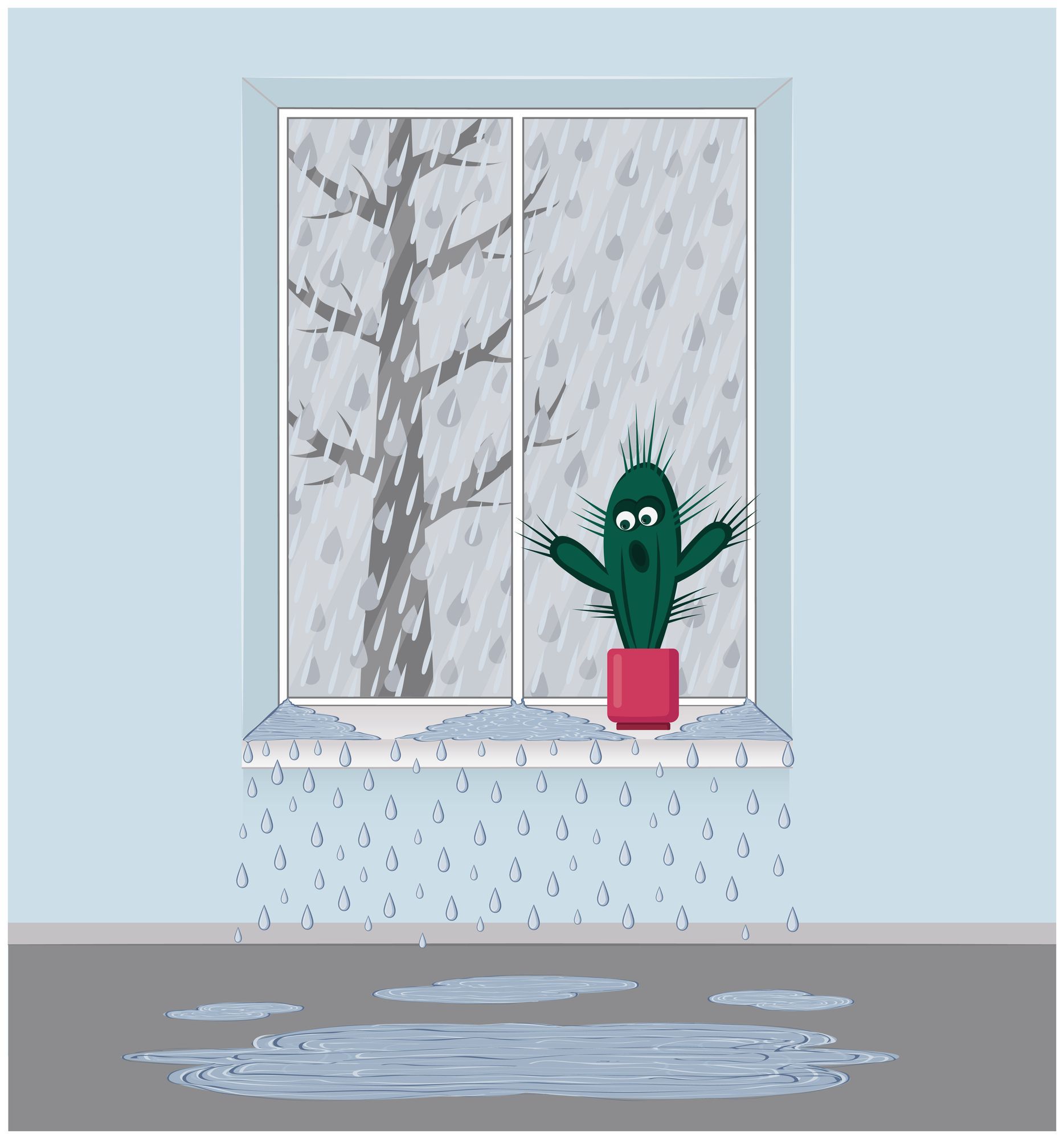What to do if a tree falls on your house
What to do if a tree falls on your house
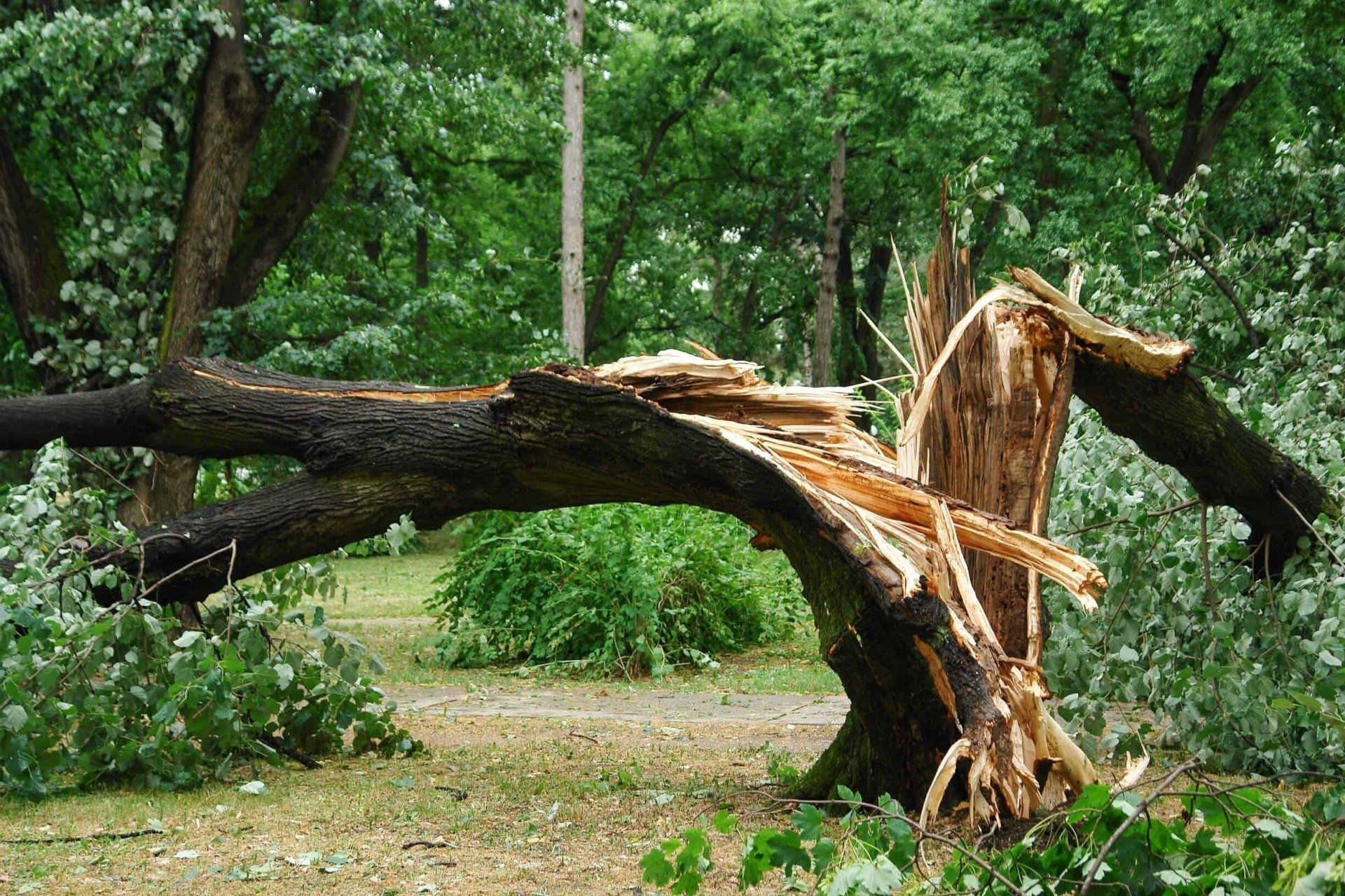
When calamity strikes and a tree falls on your house, follow this emergency plan to protect your safety and the damage to your home. First and foremost, ensure that everyone in your household, including pets, is safe, and then follow the recommendations below to get your home back in order.
Immediately call 911 and call the electrical company if power lines are down.
When a tree falls on a home, there's always the possibility that it may bring down electrical power lines with it. This produces a dangerous condition with a higher chance of fire or lethal electrical shock. Signs of a downed power line include no electricity in the house and flickering lights. You may be able to see if a power line is stuck in the fallen tree from the outside. A downed line may still be functional in certain circumstances, but it still poses a risk, so turn off the electricity at your breaker box if you know or think that the tree took a line down with it.
Contact the authorities and your local power company. If you smell smoke, get everyone out of the home and phone a neighbor. Technicians from the electricity provider will be dispatched to fix the lines. Local law enforcement may be required to halt traffic on your street, and the fire department may dispatch a unit as a precautionary measure until safety is restored.
Prevent further immediate damage.
A falling tree can cause shattered windows, a hole in your roof or siding, and even damage to brick and stone. There is also the possibility of damaged gas pipes. While gas lines are buried, they may be impacted if a tree falls in the location where they enter your home. As a precaution, turn off the gas at the meter until you're certain the lines were not damaged. A shut-off valve is located near the meter. To switch off the gas, turn the valve a quarter turn to the right with a wrench.
Contact a professional contractor to tarp or board up shattered windows and any holes in your home's roof or sidewalls. This procedure will safeguard the interior of your home and your items from further weather damage. If you wish to help cover shattered windows, do so gently to avoid shards of glass, but leave roof-tarping to the professionals. Some areas of the roof may not be sturdy enough to walk on.
How to File a Claim for a Tree that Falls on Your House
A tree that falls on a home can cause considerable (and costly) damage. In the event that this calamity strikes you, the following advice will help you make the most of your insurance coverage.
Obtain accurate documentation for homeowners insurance claims.
As soon as the immediate threat has gone, take photographs or video of the damage, both inside and out. Stay on the ground and let a roofing specialist photograph the roof. Document any shattered windows, siding damage, structural damage, and damage to your home's contents. Don't leave anything out; the photos you capture now will be crucial as evidence for your insurance claim.
Call your homeowners insurance agent to start the claims process.
You may be required to contact two or three local contractors for repair estimates. Alternatively, depending on your insurance carrier, a claims adjuster may be dispatched to inspect your property. In that situation, the adjuster will assess the degree of the damage as well as the associated repair costs.
Consult your homeowners insurance policy to understand your financial obligation.
You will almost certainly be forced to pay a deductible, after which the insurance company will cover the remaining repair costs—up to a specific amount, depending on your unique policy conditions. Common deductibles range from $500 to $2,000, or even more, depending on the amount of premiums and coverage restrictions. If you're like most homeowners, you haven't read all of the fine print in your policy, so do so now so you know what to anticipate.
If the tree fell on the home due to an "Act of Nature," such as thunderstorms, ice storms, or severe winds, your insurance would usually pay the repair costs, minus your deductible. In an "Act of Nature" situation, your policy will pay even if the fallen tree belongs to a neighbor or a municipality. However, your claim may be refused if you caused the tree to fall due to irresponsible behavior, such as attempting to chop it down without expert aid.
Hold off on permanent repairs until you and your insurer agree on the amount of your claim.
Your insurer may put restrictions on certain repairs, such as the cost of tree removal, depending on your coverage. If your costs exceed the authorized amount, you may be held accountable for the difference.
If your insurer's total offer does not cover the cost of the anticipated repairs, you have the right to appeal and have your claim re-evaluated. If this occurs, submit contractor quotes demonstrating that the prices are more than your insurer allows.
Keep track of expenses you incur related to the damage.
Emergency damage control expenses are nearly usually covered, so keep your receipts if you had a contractor tarp your roof or board up windows. If your house is uninhabitable, your insurance company may compensate you for some of the costs of renting an apartment or living in a hotel. However, don't assume that all of your costs will be covered; check with your agent to be sure.
Make your final payment only when satisfied with the contractor’s work.
Legitimate contractors frequently want money for materials before beginning work, but they should not solicit payment in advance for their labor to execute the repairs. If the repairs are considerable and will take many weeks to complete, the contractor may fairly request partial payments on an agreed-upon timetable, but the full payment should be given only after the repairs are completed to your satisfaction.
If you have damage done to your roof or windows and are in need of emergency roof tarping or window boards, give us a call today!



